
kscarbel2
Moderator-
Posts
18,891 -
Joined
-
Days Won
114
Content Type
Profiles
Forums
Gallery
Events
Blogs
BMT Wiki
Collections
Store
Everything posted by kscarbel2
-
B model Mack gas engine parts
kscarbel2 replied to underdog663's topic in Antique and Classic Mack Trucks General Discussion
Doesn't Matt Pfahl (Pfahl Mack Restorations) have them? Or you can call the fine folks at Watt's Mack. 126SB127C - Complete gasket set for EN and ENF 707A and 707B engines 553GB3266B - head gasket (individual) EN707 with 20 studs 3029-8213C - head gasket (individual) EN707 with 18 studs -
Reuters / February 5, 2019 Volkswagen is in talks with Swedish institutional investors AMF, AP Fund 1 and 4, Investor AB and Folksam about being cornerstone shareholders in the dual listing of its trucks unit Traton in Stockholm and Frankfurt. The discussions could result in more than one cornerstone investor being brought on board and are for each investor to take a 150 million to 300 million euro ($171.21-$342.42 million) stake. Cornerstone investors are institutions that are invited to subscribe to shares ahead of an IPO to boost its popularity and often serve as a seal of approval for other investors. Securing such investors is popular among Nordic companies. Första AP-fonden (AP1) had been asked about being anchor investors, its head of equities Olof Jonasson said. He declined to comment on stake size and price. “We have been approached but I couldn’t really tell you anything about the details... Our interest... would be about business potential and valuation and all those things put together,” said Jonasson, whose fund is also a large owner of Swedish rival AB Volvo. VW expects to sell shares worth 5 billion-6 billion euros ($5.7-$6.9 billion) in an April listing that could value Traton about 20 billion-25 billion euros. At this size and value, the IPO could potentially become Germany’s and Sweden’s biggest new share offering in 2019, but the sources said its size had not yet been finalised and would depend on market conditions. AP4 head of equities Per Colleen said he could not confirm any of the details but added: “Anything of that size, we will have a serious look at”. AMF, Investor AB, Folksam, Volkswagen and Traton did not immediately respond to requests for comment. Traton is the umbrella name for MAN, Scania and VW brands, but Swedish company Scania is by far its most valuable part, with superior profitability and stability. Scania was listed in Stockholm until 2014, when its then largest investor VW took it private in a deal that valued it at about 17.9 billion euros, but many Swedish investors that were squeezed out said then that the offer undervalued the group. Swedish funds were keen for a substantial stake in the Traton IPO as they expected it to have a large influence on the automotive and engineering-heavy Stockholm blue-chip index that they try to outperform.
-
GM truck plant in Michigan to add 1,000 workers Reuters / February 5, 2019 FLINT, Mich. -- General Motors said Tuesday it will add 1,000 workers to build new heavy-duty pickup trucks at its plant in Flint, Michigan, and will give priority to GM workers who were laid off elsewhere. GM has come under fire from U.S. President Donald Trump and Midwestern lawmakers for its plans to stop production at five North American factories and cut up to 15,000 jobs. The automaker has said it is trying to find new jobs for 1,500 U.S. hourly workers at the affected plants. Flint could be a haven for many of these employees. Sales of heavy-duty pickups in the United States have grown to more than 600,000 vehicles a year, up more than 20 percent since 2013, according to industry data. Prices for luxury models can easily top $70,000. GM on Tuesday will celebrate the launch of a new generation of heavy-duty GMC and Chevrolet pickups at the assembly plant in Flint, Michigan, that is now building all such trucks for the company. .
-
Scania Group Press Release / February 4, 2019 With the delivery of Scania R 410 liquified gas trucks, all of Gruppo Sanpellegrino’s shuttle transports from the mineral water bottling plant at San Pellegrino Terme to its logistics centre at Madone are now operated on gas fuel. Sanpellegrino in 2018 produced 1.5 billion bottles of mineral water, that are exported to more than 150 countries. Growth over the past years has been strong and continues to increase. Sanpellegrino will this spring start construction of a major extension of its production facilities. That means more transports on the narrow winding roads through villages in the Bergamasque Prealp valleys to and from the springs. Each day, there are 300 truck movements to the production plant, around the clock, all days of the week. In view of rising production, Sanpellegrino and its logistics partner Koiné therefore initiated discussions with Scania on finding a more sustainable solution. “These liquified gas trucks constitute an important element in ensuring the continued development of our operations,” says Maura Sartore, Head of Supply Chain South Europe, Nestlé Waters. The group underlines that the introduction of gas trucks forms a part of its sustainability agenda and that it has already cut water consumption by 200,000 cubic metres and that its electricity supply is now fully renewable. “The gas delivery to Sanpellegrino with Koiné once again highlights the importance of pursuing a novel approach in addressing sustainability and acting together to speed up the transition to a sustainable transport system,” says Franco Fenoglio, Managing Director of Italscania. In addition to annual carbon savings of 500 tonnes, the gas engines offer a substantial noise reduction in comparison with diesel engines. Since the company schedules transports during nights to avoid traffic congestion on route to Madone, 35 km from the springs, this has been a major consideration. Of the annual 80,000 trucks that arrive at San Pellegrino, 75 percent drive to the logistics centre. “Sanpellegrino is a major employer here and our residents are happy with the fact the it is expanding operations and generating more employment,” says Mayor Giuliano Ghisalberi, Zogno Municipality. “At the same time, there has been concern about increased traffic, noise and pollution. We are therefore extremely pleased with the introduction of gas trucks.” Koiné has in total taken delivery of 50 Scania R 410 liquified gas trucks, most of which will be used in operations for Sanpellegrino. Interest in using liquified gas in heavy truck operations in Italy is rapidly rising and there are presently 39 filling stations for liquified natural gas (LNG) in the country with an additional 25 stations under way. .
-
The construction business is tough for beginners
kscarbel2 replied to kscarbel2's topic in Trucking News
Note Ford Truck's proprietary planetary hub reduction drive axles. With the introduction of Ford's proprietary AMT transmission in 2020, the truckmaker will have a vertically integrated drivetrain. -
Ford Trucks International / Sharing The Load At Ford Trucks, we’ve been making rugged construction trucks for over a hundred years. No matter what the job, Ford Trucks are engineered to deliver. Always have been…..Always will be. .
-
Informative video, and the Ford engineer mentions 7.3L medium duty application. I'd rather it was a 4-valve. No 2-valve argument will win me over. .
-
No mention of the F-550. No mention of the 7.3 completely replacing the V-10, and the latter simultaneously being phased out.
-
Ford Super Duty packs new engine, more power for 2020 Michael Martinez, Automotive News / February 5, 2019 DETROIT -- Ford Motor Co. is adding a second V-8 engine option and upping the power on its Super Duty pickups to maintain its segment dominance halfway through the vehicles' life cycle. The 2020 F-250, F-350 and F-450 pickups, scheduled to go on sale this fall, will offer an optional 7.3-liter V-8 engine in addition to an updated third-generation 6.7-liter Power Stroke diesel and the standard 6.2-liter V-8. They will be paired with a new 10-speed automatic transmission. Although executives refused to offer specific figures, they said the new powertrains will improve power, payload and towing capability, critical stats for the construction workers and fleet operators who most use the vehicles. Ford has adopted the "We Own Work" slogan for the Super Duty, which leads in sales and market share but faces increased competition from new offerings by Ram and Chevrolet. Ford last redesigned the Super Duty for the 2017 model year, when it shed as much as 350 pounds by switching to an aluminum body. The midcycle freshening comes as Ford shifts 90 percent of its capital allocation to producing pickups, vans and utilities. By 2020, roughly 75 percent of its lineup will be updated or new. "Fundamentally, we're playing to our strengths," Kumar Galhotra, Ford's president of North America, said at a media briefing. Most powerful V-8 The 2020 Super Duty's new 7.3-liter engine is expected to be the most powerful gasoline V-8 in its class, Ford says. Its overhead valve architecture has a cast iron block and forged steel crankshaft. Ford will offer a compressed natural-gas conversion option. The third-generation Power Stroke diesel will be Ford's most powerful. It has a stronger cylinder head, block, connecting rods and bearings to handle higher cylinder pressure and increased output. It includes a new 36,000-pounds per square inch fuel injection system with new injectors that Ford says precisely meter and spray up to eight times per stroke to control noise levels and optimize combustion. The 10-speed transmission, which replaces a six-speed, is better for towing, Ford said. It said the Super Duty will be the only vehicle in the segment to offer live-drive power takeoff, which allows the operator to engage industrial equipment and accessories such as snowplows while the vehicle is in motion. Exterior, tech improvements Aside from the powertrain improvements, the 2020 Super Duty gets exterior updates that include a revised grille, as well as interior and technological enhancements. The vehicle will come with an optional pro-trailer backup assist feature that is used on its smaller F-150 sibling. The feature lets drivers steer the trailer with a reverse camera that can handle all trailer styles, including fifth wheels and goosenecks. It also includes lane-keep assist, emergency braking with pedestrian detection and blind spot monitoring technology. The features are standard on XLT and higher trims. Ford also added new drive modes, including Eco, Slippery and Sand/Mud. It also comes with an embedded 4G LTE modem and Wi-Fi. In addition to the grille, which improves cooling, the truck has a new tailgate design and updated headlights, taillights and bumpers. Ford did not disclose fuel-economy figures or pricing. Related reading - http://www.campaign.ford.com/content/fordmedia/fna/us/en/news/2019/02/05/new-ford-f-series-super-duty-pickup-raises-bar-again.html .
-
The big bulbous hood just doesn't pair with the small pickup truck cab......does it? It needs a wider, larger dedicated commercial cab. And with combined Chevrolet and Navistar sales, there's an argument for that. Given how inexpensive cabs are to design and produce today........... The 6500HD is the smallest Class 6 I've ever seen.
-
Jay's good people.
-
I remember Cooper was struggling financially and India's Apollo tire was going to buy them, but things got muddy. I didn't follow the outcome. Then Cooper sourced more production from China. https://www.daytondailynews.com/business/apollo-files-counterclaim-against-cooper-tire/bp4GACz3IfSvHaM2AIScYJ/ https://www.rubbernews.com/article/20180926/news/180929962/sailun-to-become-cooper-tire-joint-venture-partner
-
Wanli makes a good tire as well. (This English global website only shows a small portion of their product line). http://www.wanli-global.com/yww/brand/wanlitire/allsteel/index.shtml
-
Look at the Coopers and see if they say "Made in China". Their light vehicle tires are. Back in the day, I felt there was no better combination than Bridgestone R290 steer tires and Goodyear G367 drive tires. Today, Goodyear's pricing is ridiculous. Most people have had a great experience with Double Coin.
-
Unreal. Welcome to the new America.
-
Speaking of the main brands, your opinion is quite the opposite of my experience.
-
Scania Group Press Release / January 31, 2019 Dutch heavy haulage company Te Kloeze-Bruyl has recently taken delivery of one of the first new generation five-axle Scania V8 S 730 tractors following an earlier delivery of a three-axle Scania V8 S 520 tractor. Te Kloeze-Bruyl was persuaded to switch to Scania by its experience with their Scania engine-equipped Hyundai excavators. “Scania has proven its quality over the years,” says Project Manager Evert Jan van den Berg, Te Kloeze-Bruyl. “The engines are not only very reliable but also highly economical. And that’s highly important for us.” “We not only monitor the consumption of our trucks and construction machines, but even that of our passenger cars.” Adapted for heavy haulage The Scania S 730 is configured as a 10×4*6, which signifies two steered front axles, two driven axles and one steered tag axle. Adapted for heavy haulage, the tractor has a rack behind the cab with fuel tanks, AdBlue tank and trailer hydraulic system. These adaptations are factory-assembled. The vehicle can thereby load 180 tonnes at a 6-percent slope and 140 tonnes at a 12-percent slope. “That’s important in our work,” explains Van den Berg. “Some our own machinery exceeds 100 tonnes. The power is especially useful in Germany, which we often travel through. Because of extensive road works, we are often forced to take alternative routes. But it’s also nice to have that power at our disposal on motorways and thereby avoid slow crawling.” Premium driver seat The cab is no less impressive. Because these transports are usually scheduled for nights, drivers are away from home during long periods. Te Koeze-Bruyl therefore ticked nearly every option box. Drivers can enjoy leather upholstery, a premium driver seat and rotatable passenger seat, an infotainment system with navigation on a 7-inch screen, refrigerator, coffee maker, microwave and TV. To enhance safety, the company has equipped the truck with a side-view camera system with a quadruple split screen so that the driver at a glance can see four positions around the vehicle. .
-
-
-
-
-
Here are a few that I like, though not all are exported.
-
China's heavy truck sales remain robust in January
kscarbel2 replied to kscarbel2's topic in Trucking News
Heavy trucks, what in the United States is called "Class 8". Does not include medium or light trucks (light trucks being Isuzu NPR-like in size). Note: FYI - Global market light trucks are often called medium in the US.
BigMackTrucks.com
BigMackTrucks.com is a support forum for antique, classic and modern Mack Trucks! The forum is owned and maintained by Watt's Truck Center, Inc. an independent, full service Mack dealer. The forums are not affiliated with Mack Trucks, Inc.
Our Vendors and Advertisers
Thank you for your support!


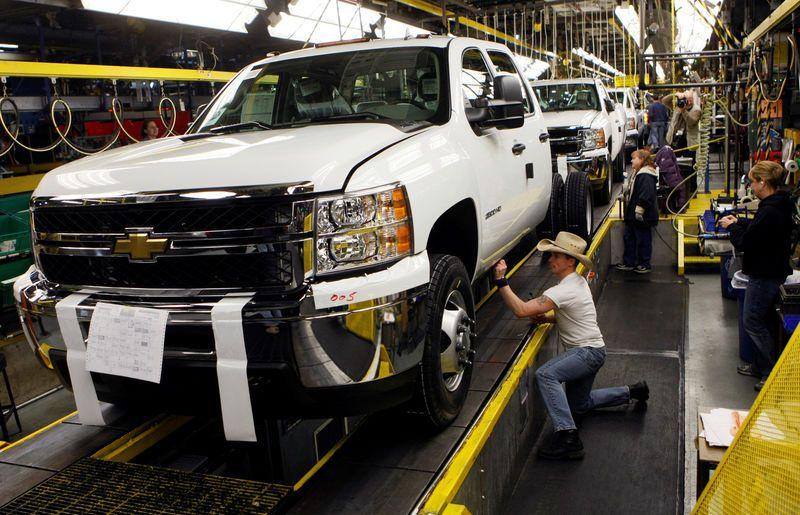
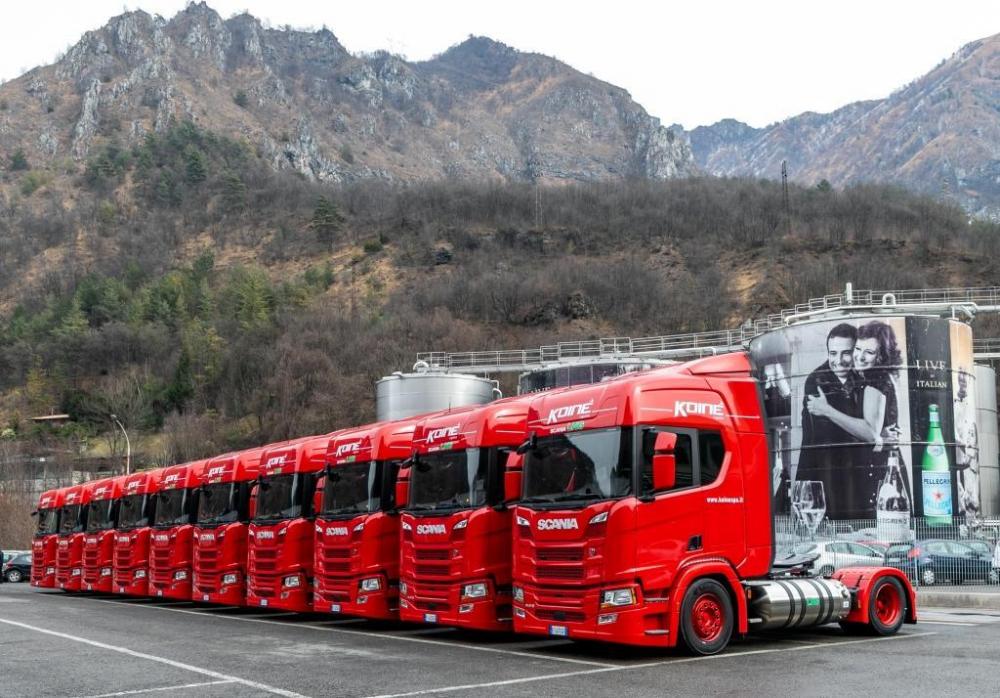

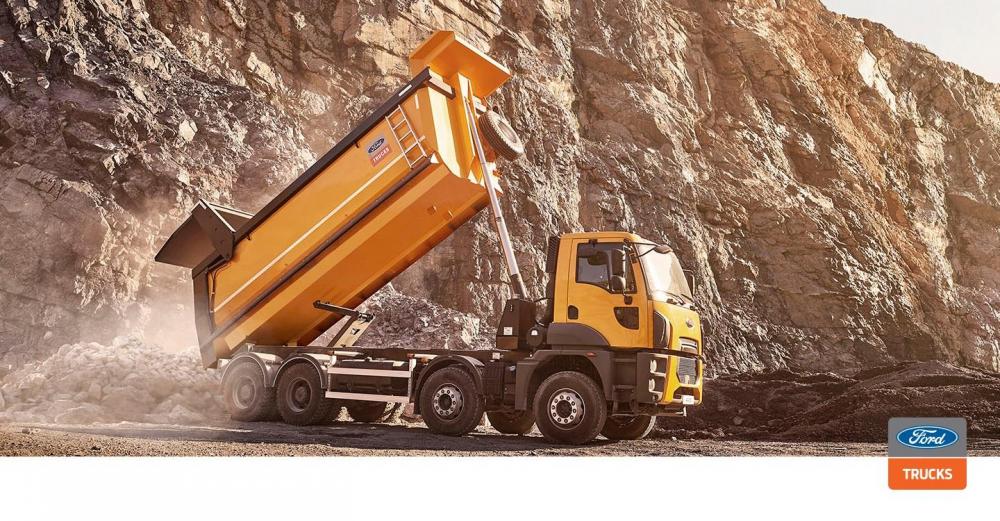
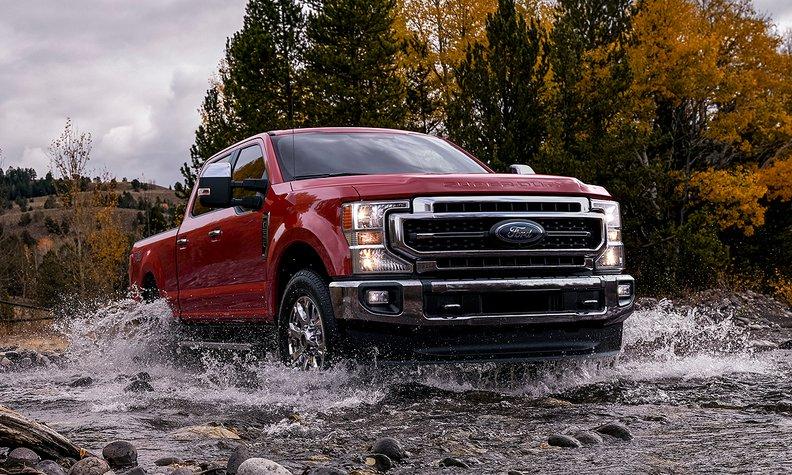

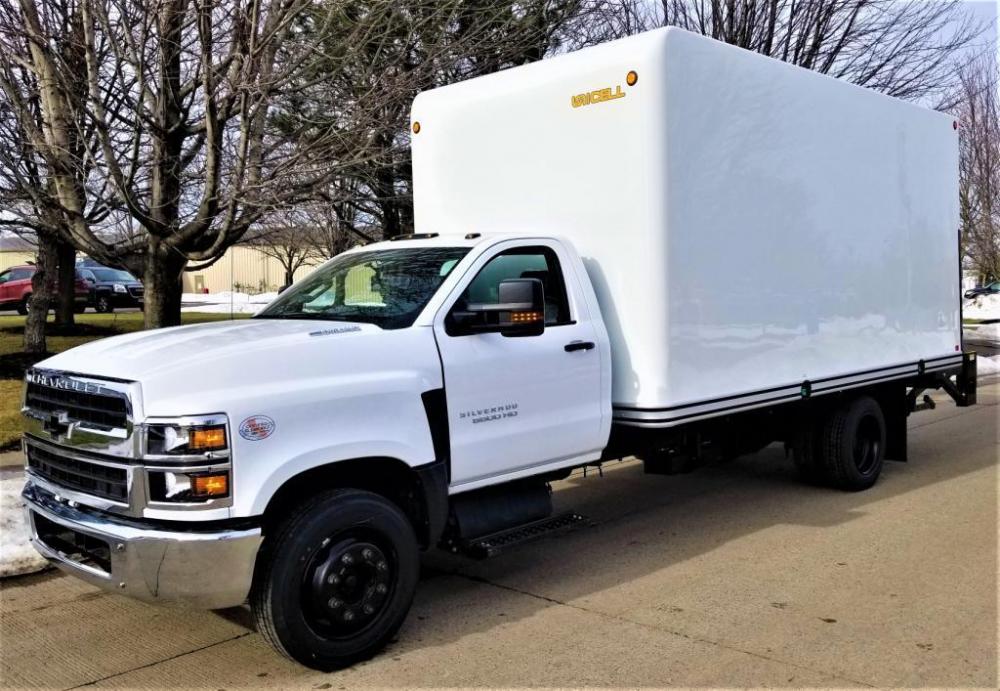

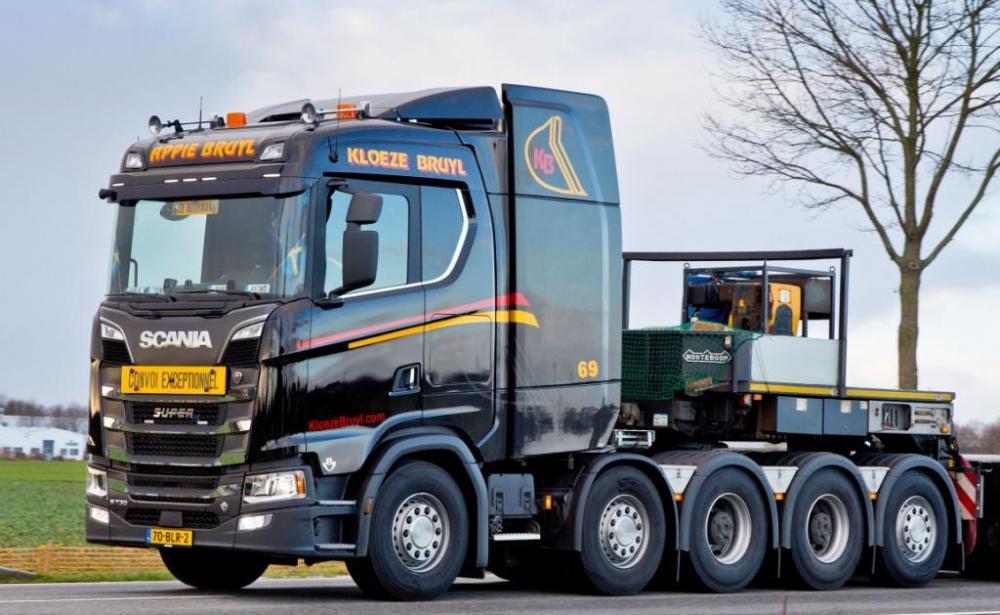
.thumb.jpg.6a76d83203d39799a5243c9207f02515.jpg)
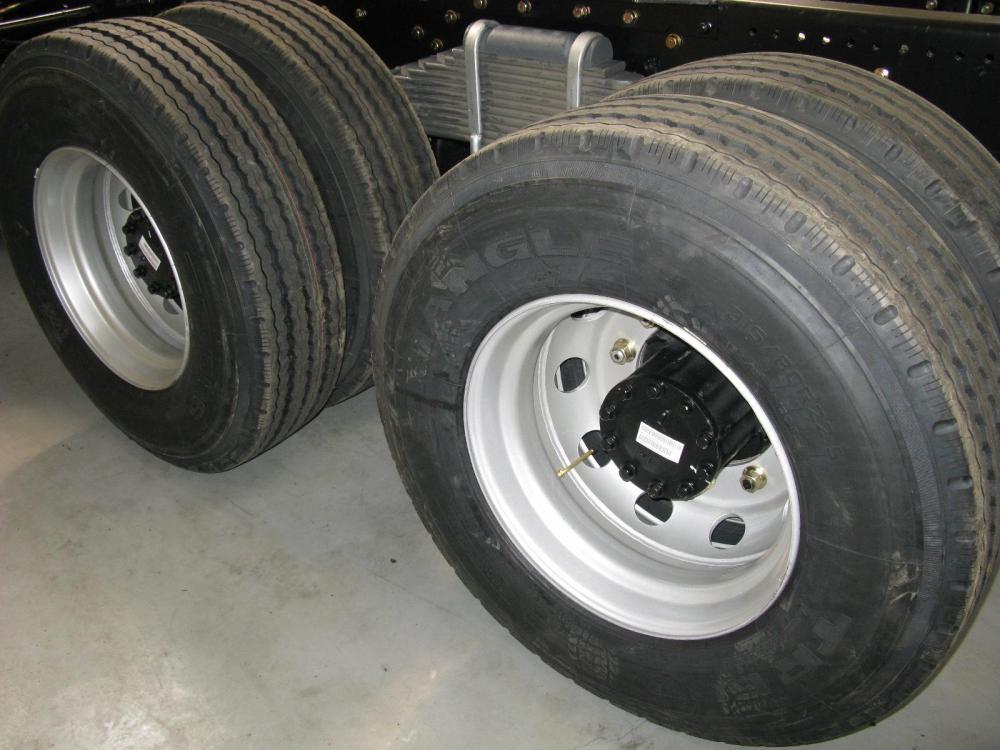
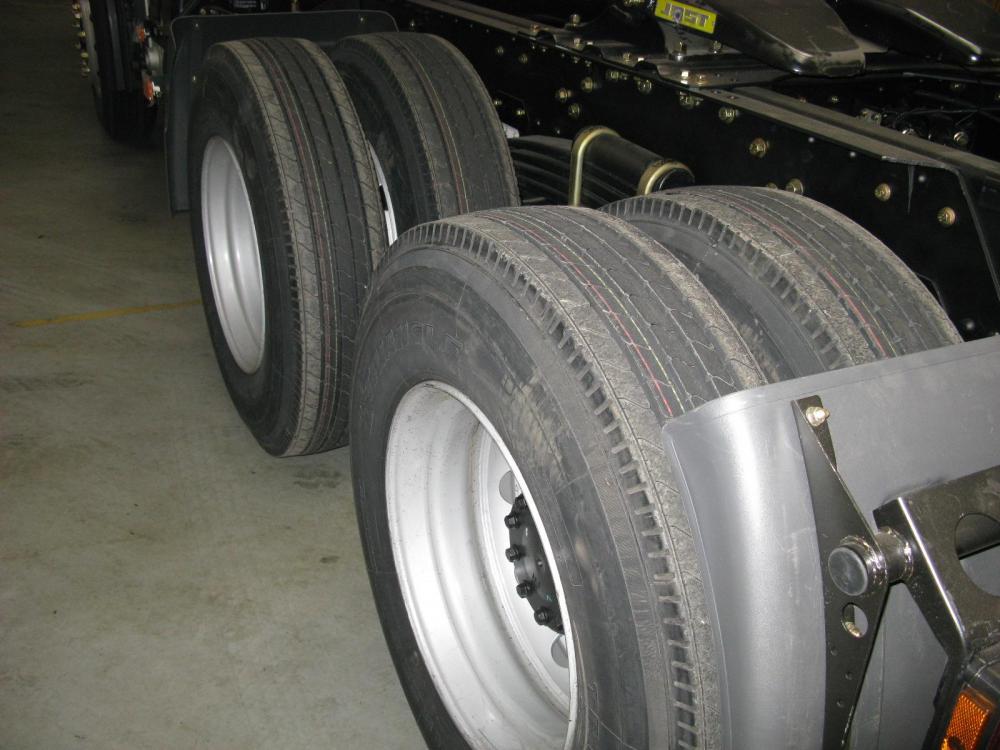
.thumb.jpg.3847e63836e125e24da77784ec16f17f.jpg)
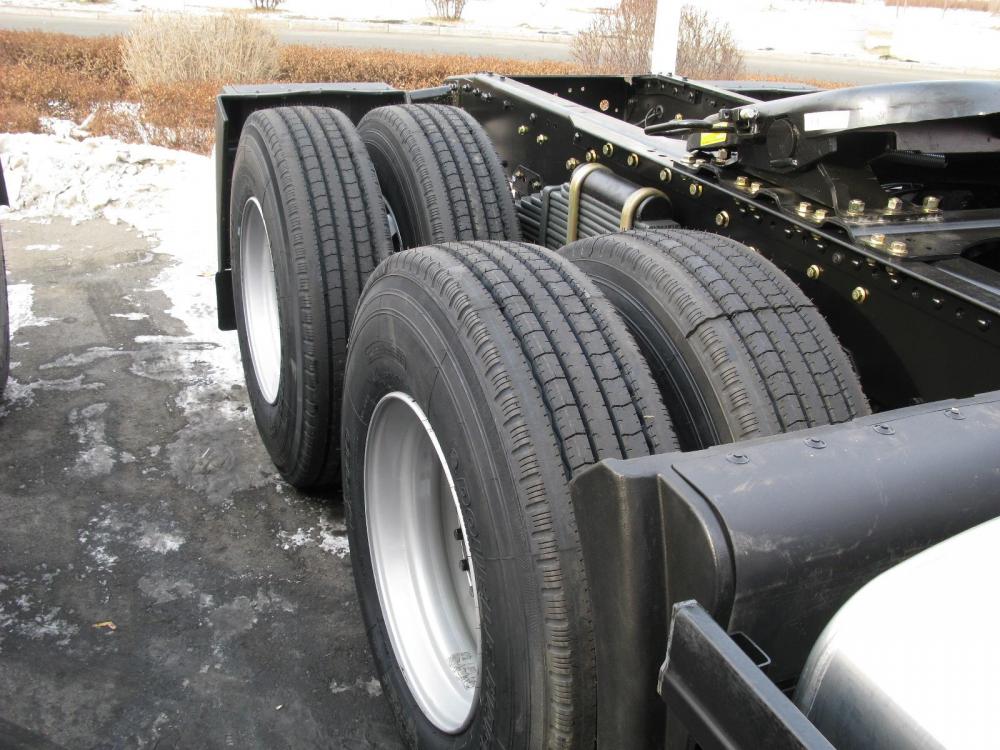

.thumb.jpg.f455aa16ab9eaf5e42f37fb52e0de58e.jpg)
.thumb.jpg.6722a94b63e4f9c2e5b29efdee739bd8.jpg)
